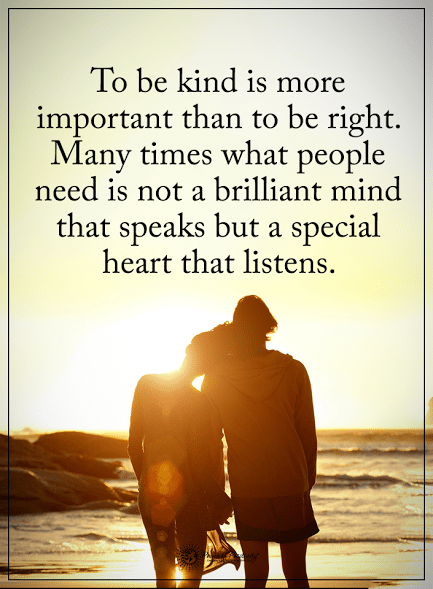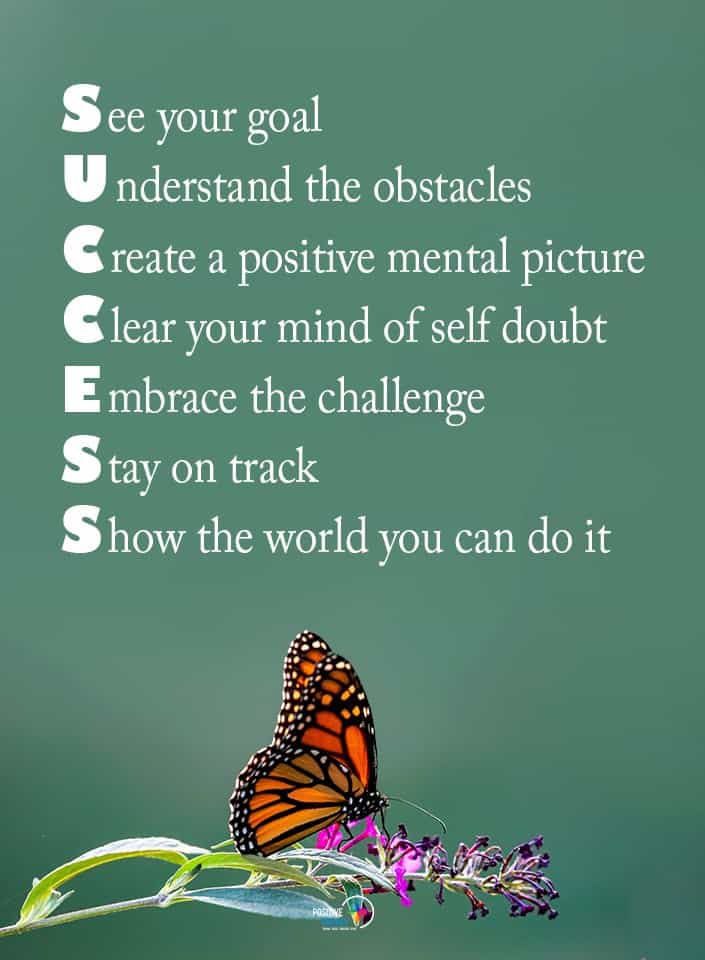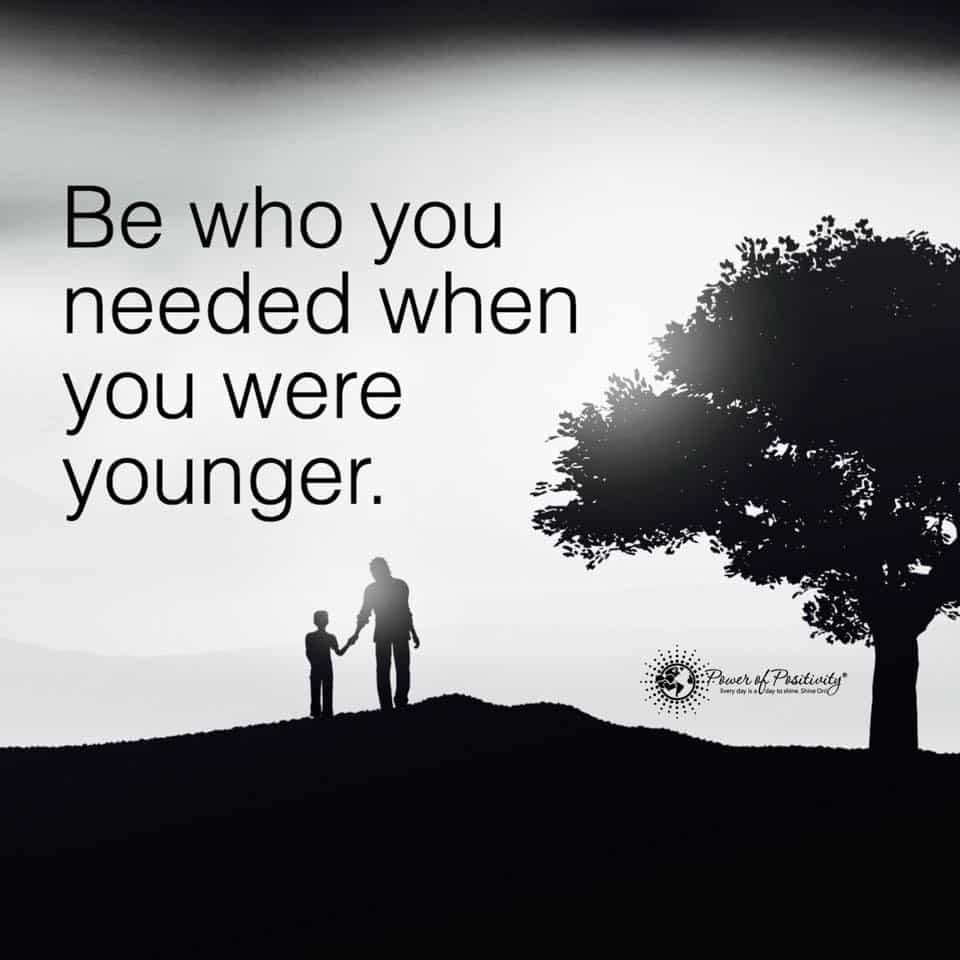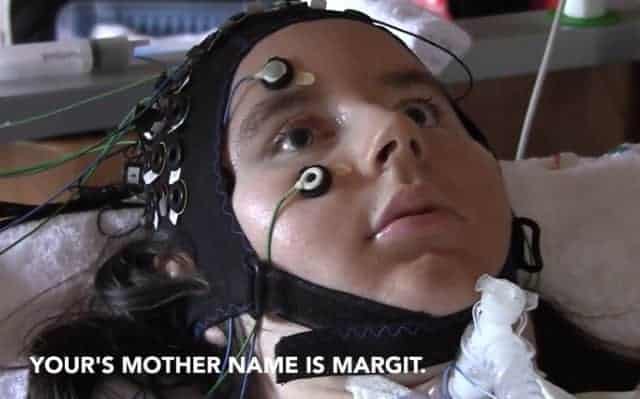“When you have confidence, that’s what becomes attractive to other people and makes them want to work with you and spend time with you.” – Emmanuelle Chriqui
Being attractive is more than just about looks – after all, those are subjective and subject to change at the whim of the latest trends of society. Attraction also greatly depends on how you act, and the types of behaviors you exhibit day to day when interacting with people. Someone can just as easily fall madly in love with your personality as they do the way you look.
After all, you are a whole person, made up of traits and flaws that round you out to be a human being. There are a number of behaviors that are attractive in a person, whether you are a man or a woman. Learning how to harness these types of behaviors can make you both more attractive, as well as an all-around more positive and happier person.
6 OF THE MOST ATTRACTIVE BEHAVIORS AND HOW TO HAVE THEM
1. GOOD LISTENERS
People love to feel heard and understood. Being a good listener is one of the most attractive qualities a person can have, because it ensures you will be able to make connections with people. When you can listen to what other people are saying and not just wait for your turn in the conversation, you will be able to create meaningful moments between you and another person.
Being a good and active listener means that you are taking in what the other person is saying, making them feel heard and understood. It’s an attractive quality, and it forms strong bonds and connections.
2. KINDNESS
This seems like a no-brainer, but being kind is another highly attractive quality that a person can have. When you exhibit kindness, people will feel drawn towards you, because you will radiate the kind of positivity that makes people feel loved and appreciated.
People are more attracted to those who engage in behaviors that are selfless, thoughtful, and kind, rather than those who are mean-spirited and cruel. You will be surprised to find that when you engage in more behaviors that are altruistic, you will feel more positive, which will make people gravitate into your orbit.

3. SMILING
This one is easy, and it’s proven to make you feel better even when you are having a rough day! Smiling is one of the most basic and easiest things that a person can do to make themselves more attractive to people around them.
Smiling releases endorphins, which will heighten your mood, which will make you more positive, which will cause you to smile more – it’s an endless cycle! When people see you smile, they will also feel a sense of positivity, and they will associate you with those happy feelings.
4. LAUGHTER
Hand-in-hand with smiling, laughter will also help draw people in and make you more attractive to them. Laughter is another act that releases endorphins just by doing it, and it’s also healthy for both your emotional and physical health!
It will lower your stress levels, and with low-stress levels you will have better moods. And, people are drawn to those who laugh, and who make them laugh in turn! It feels good to laugh, which means people will automatically find themselves drawn to those who make them feel good.
5. CONFIDENCE
As they say, confidence is key! Being confident will make you both attractive to others, while also making you feel better about yourself. Being confident in yourself, your looks, your abilities, and your work will draw people in. If you project an air of self-shame or self-loathing, you are likely to put people off of interacting with you.
On the other hand, when you own yourself, you will be more likely to make others feel good and confident about themselves as well. People who exhibit radiant confidence are much more alluring to the people around them.
6. UNDERSTANDING NONVERBAL CUES
Being a good listener is important – but what about the things that people aren’t saying? Being able to read someone’s body language will help you be a better listener, as well as show that you are capable of understanding how they are feeling even without them having to tell you.
Empathy is an attractive quality, and empathy is all about nonverbal cues. When you are able to read someone’s nonverbal cues, you can give them what they need without them having to ask, which will bring about interactions that are healthy, positive, and long-lasting.
As you can see, beauty may be in the eye of the beholder, but behavior can be universally attractive. Taking the time to study your own habits and choices, and change them to more attractive behaviors, can do wonders for all of the social interactions you have in your life. You will not only attract people to you in a romantic sense, but also platonic, life-long friendships as well. You will also find that your attitude towards life can change to a much more upbeat and positive one once you start engaging in behaviors that are designed to make you a more empathetic, kind and compassionate person.








